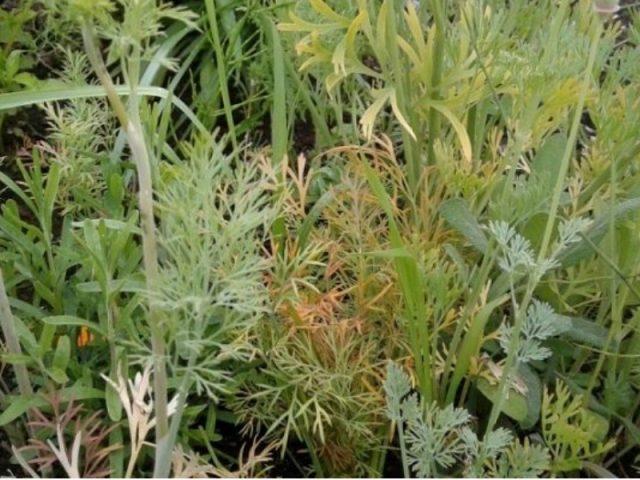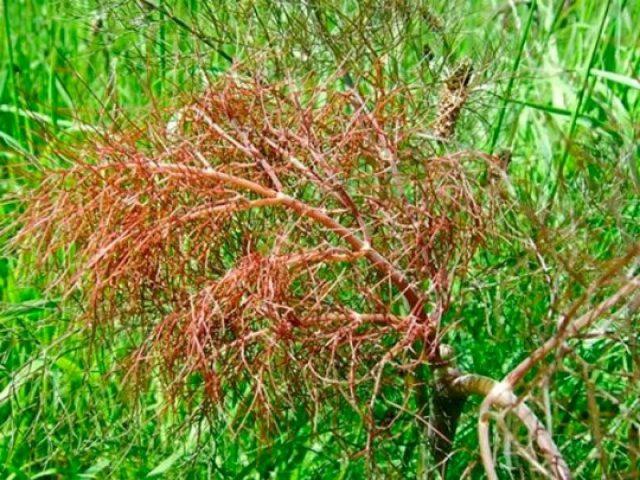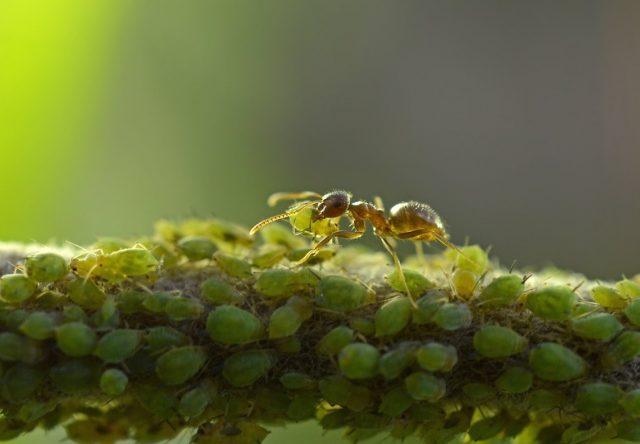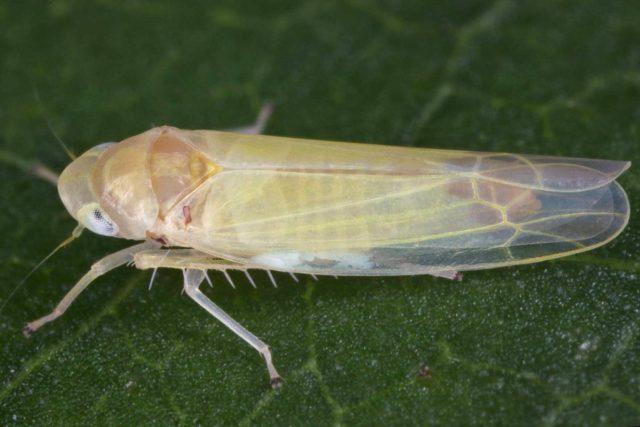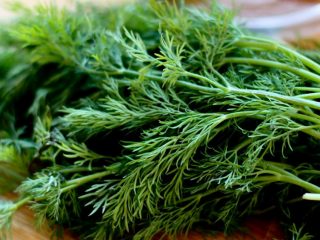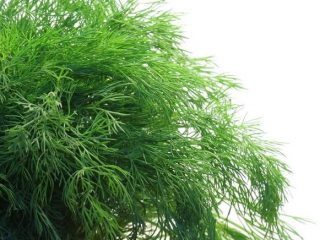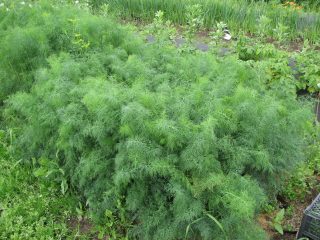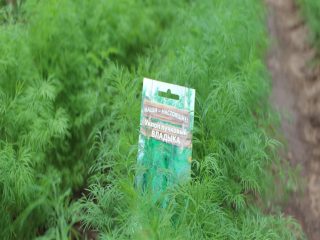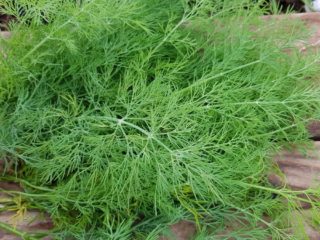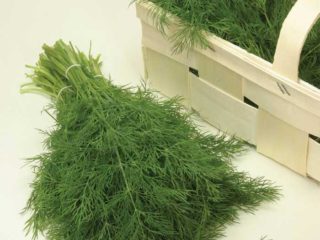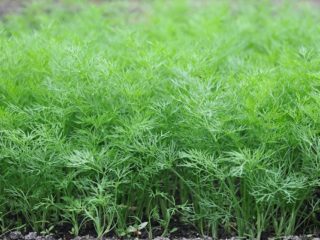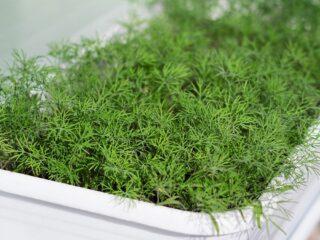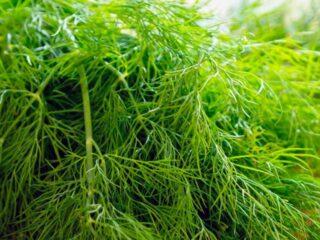Content
Dill belongs to the category of the most common herbs, so it is always present in the garden beds. The plant does not require care and growing conditions and is able to develop independently even without the participation of a gardener. However, sometimes you can notice how the dill turns red in the garden. This happens for various reasons, but in some cases, if urgent measures are not taken, the leaves dry out, and then the entire plant. Therefore, you need to know what to do in a given situation, and what to do for prevention.
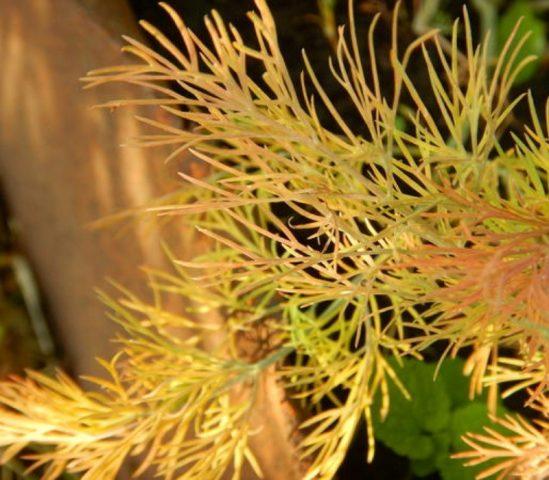
Dill turns red gradually
Why does dill turn red and not grow in the garden?
As experienced gardeners note, most often the shade of the leaves changes to pinkish-brown in high-yielding bush crops. This is due to the fact that they require more careful care and react sharply to any errors in agricultural technology. Therefore, you need to familiarize yourself with what may be the provoking factor for the red color of the leaves.
Hypothermia
Dill belongs to the category of cold-resistant crops. It can withstand temperatures as low as -7 °C.However, herbs develop resistance as the bushes mature. At the initial stage of growth, young seedlings may change the shade of leaves to red due to a sharp temperature change.
Also, a change in color is observed in dill when it is planted early in insufficiently warmed soil or after returning spring frosts. Therefore, it is not recommended to take out the crop ahead of schedule so that its leaves do not turn red.
Soil acidity
Dill is able to fully develop and actively increase green mass only in areas with a neutral acidity level. When the soil is alkalized, the herb does not develop at all and dies. And in case of increased acidity, dill experiences slow growth, and the color of the leaves turns red. This sign indicates phosphorus starvation of the plant. With increased acidity, phosphorus becomes insoluble and cannot be absorbed by the crop in this form.
To determine the acidity level in the area, you need to purchase special indicators in the store. They are litmus strips that need to be buried 10 cm into the soil. The indicators must be saturated with moisture, which will allow you to determine the acidity of the soil in the area by changing their color, and then compare it with the scale indicated on the packaging. For dill, the optimal acidity level is considered to be 6.5-7.5pH. If it is elevated, then you need to first prepare the area, and only after that sow the crop.
Planting density
Thickened plantings can also provoke a red tint to the leaves, since in this case stronger bushes suppress the development of weak ones. Moreover, initially all the seedlings are green, but only later do some of the plates appear red.
The reason for the change in the shade of the leaves may also be non-compliance with crop rotation. The optimal predecessors for dill are nightshades and legumes.
Improper watering
During the growth process, dill needs regular watering in the absence of rain for a long time. When there is a lack of moisture in the soil, metabolic processes in plant tissues are disrupted. And this leads to a decrease in the functionality of the root system. In this case, the crown receives insufficient nutrition, which is the reason for the red tint of the leaves.
Excessive watering of dill can also provoke the appearance of this symptom. With prolonged stagnation of moisture in the soil, the root system of the plant rots, which also leads to disruption of metabolic processes.
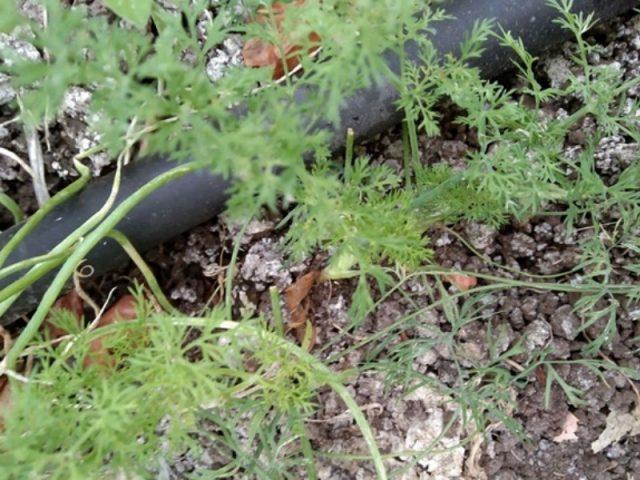
When growing dill in large quantities, drip irrigation is recommended.
Exposure to sunlight
A red tint to dill leaves may also appear when the crop is planted in an open area. It is a sign of plate burns from exposure to direct sunlight. And this leads to a partial loss of not only taste, but also beneficial qualities. Therefore, experienced gardeners recommend planting dill in an area where openwork partial shade forms at midday, so that the leaves do not acquire a red tint.
Nutrient deficiency
Another reason for the change in leaf shade may be depleted soil.In this case, dill lacks nutritional components. The red color can appear due to a lack of any of the basic substances, namely nitrogen, potassium and phosphorus. Therefore, before planting herbs, it is necessary to first prepare the bed.
Diseases and pests
The problem also arises when the crop is affected by diseases and pests. This is facilitated by non-compliance with the rules of care, which leads to a decrease in the immunity of the crop and the appearance of a red tint to the leaves.
Common problems:
- Fusarium. The causative agent of the disease is soil fungi, which actively reproduce at high humidity and temperature. Fusarium causes rotting of the dill root system. This provokes the appearance of a red tint on the upper leaves of the plant, and yellowing of the lower ones. The cut dill stem also has a pinkish-brown tint.
With fusarium blight, dill wilts sharply
- Fomoz. This disease is also called gray rot. It affects the leaves and stems of dill, and with further spread it switches to the root system. At the initial stage of development of phomosis, the lower plates acquire a pink tint and only with time red. Most often, the disease develops against the background of a lack of boron in the soil and cannot be treated. Red dill in this case dies within 10-14 days.
In case of Phoma, it is recommended to uproot and burn affected plants.
- Aphid. The pest feeds on the sap of the plant, which leads to disruption of metabolic processes in tissues, and, as a result, the dill turns red. You can recognize the defeat at the initial stage by black ants scurrying everywhere in the garden bed, feeding on the spandrel secreted by aphids.Subsequently, when the pest multiplies massively, its colonies can be found on dill leaves that have changed their hue to red.
Aphids are characterized by increased fertility
- Cicada. It is a small moth with white semi-rigid wings. It feeds on plant sap, which leads to the appearance of brown spots on dill leaves. The leafhopper also contributes to the spread of sooty fungus. And in the absence of timely control measures, the plant subsequently becomes not only red, but also covered with a thick black coating.
The pest attacks dill plantings in the southern regions of the country
What to do if the dill turns red
If the dill turns red in the garden and grows poorly, then you must first determine the main reason that provoked the change in shade. If it is associated with hypothermia of the plant, it is recommended to cover the crops with agrofibre during sudden temperature changes.
When a red tint appears in dill as a result of increased acidity in the garden bed, it is necessary to add wood ash to the soil at the base of the plants at the rate of 70-100 g per 1 square meter. m. If the reason is the neglect of the plantings, then it is recommended to thin them out and repeat the procedure in the future as the seedlings develop.
It is also necessary to control the watering of the dill and, if necessary, shade it from the scorching rays of the sun using spandbond. However, it is worth considering that moisturizing should take into account weather conditions. After all, dill reacts negatively to both lack and excess moisture. If there is a nutritional deficiency, it is necessary to fertilize the plants with chicken manure 1:15 or mullein 1:10.
If the red tint occurs as a result of dill being damaged by fusarium, then the planting can be saved only at the initial stage. To do this, it is necessary to water the plants with Fitosporin solution 2-3 times every five days and regularly loosen the soil at the base of the plants to maintain air access to the roots. When Phoma appears, it is necessary to immediately destroy the affected bushes and water the soil with Previkur Energy or Maxim, which will avoid further spread of the disease.
If dill is damaged by aphids or leafhoppers, which leads to the appearance of a red tint to the leaves, it is necessary to treat the herb with Fitoverm. Spraying should be carried out in dry, clear weather in the morning or evening.
Prevention measures
To avoid the problem of dill turning red later, it is recommended to adhere to simple rules of agricultural technology. They help reduce the likelihood of difficulties when growing herbs to a minimum.
Basic preventive measures:
- compliance with crop rotation;
- thorough preparation of the site and application of humus at the rate of 10 kg per 1 sq. m;
- regular thinning of seedlings to a height of 15 cm;
- compliance with the rules of watering, loosening the soil, weeding;
- site selection taking into account cultural requirements;
- periodic inspection of seedlings and treatment when diseases and pests appear.

Spicy grass can be replanted on the site only after three years.
Conclusion
If the dill turns red in the garden, then it is necessary to initially establish the cause, and then take measures to correct the situation.After all, only in this case can you count on a good herb harvest this season. And subsequently, it is recommended to adhere to the rules of prevention so that growing the crop does not cause any special problems.
